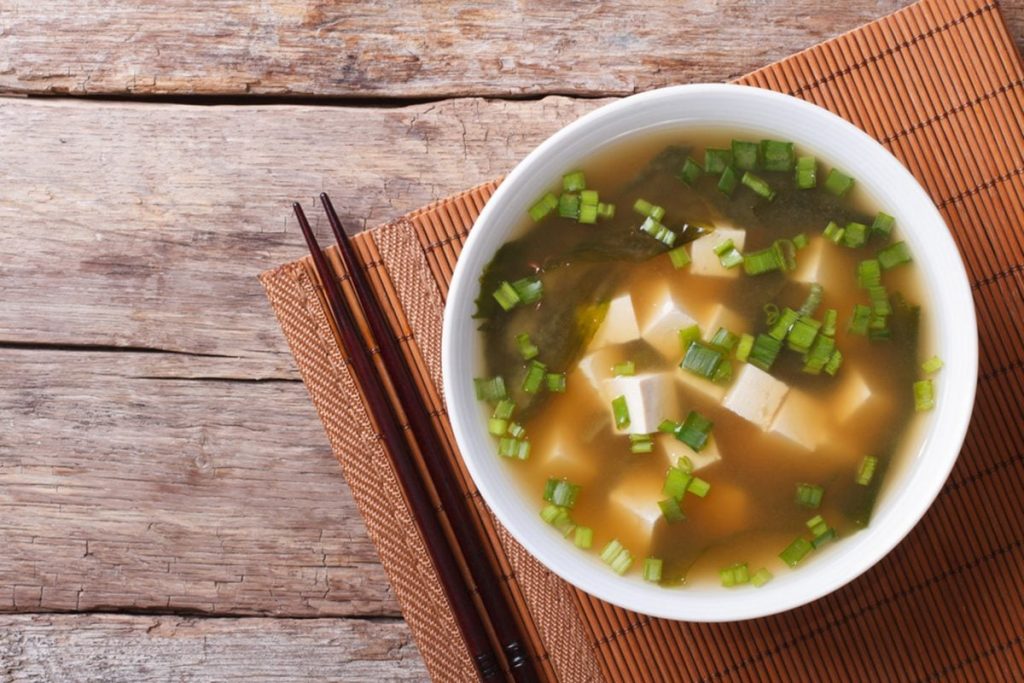Another Japanese food menu that I would like to recommend you to try if you get to travel to Japan is
miso soup, one of the Japanese soup menus that has a well-rounded taste and a gentle aroma that is easy to eat. Plus, hot miso soup is easy to drink, perfect for eating during cold weather amidst falling snow. And importantly, this type of food is also rich in nutrients that are beneficial to the body.

Since miso is make from soybeans that have been finely ground and fermention with salt, and soybeans are natural grains. When you eat them, your body may receive many nutrients such as protein, vitamin K, vitamin B, calcium, etc.
Nutritionally, one tablespoon of miso provides about 33.7 calories, 2.2 grams of protein, 4.3 grams of carbohydrates. A small amount of sugar and fiber, as well as other nutrients such as B vitamins, vitamin K, calcium, magnesium, manganese, phosphorus, iron, selenium, copper, and choline. However, most recipes use only 1–2 tablespoons of miso. So you may not be getting as many of these nutrients as you might think.
In addition, miso can help improve the digestive system, maintain intestinal health , strengthen the immune system, คาสิโนออนไลน์ UFABET ฝากถอนรวดเร็ว เริ่มต้นเล่นง่าย, and reduce cholesterol levels very well. It is consider another menu that should be on every meal on the dining table.
To choose good miso before cooking in any menu. You should first check its color because the darker the color of the miso, the more delicious it is. Also, please read the label on the side of the packaging to see the manufacturing date. Or expiration date and check the safety certification mark every time before buying and consuming.
Miso soup is make by grinding soybeans until they are fairly fine. And fermenting them with salt in proportions according to each recipe. Usually, the color of miso is dark yellow, but some recipes or restaurants may find that the color of the soup has changed, leading to doubts about whether it is real miso soup or not.
And the reason why the color of the soup changes and is not as familiar as before may be. Because the ingredients use in the fermentation are not the same or the miso fermentation period is different. Such as using koji instead of salt or mixing both together, including adding other ingredients to add flavor, etc. This results in miso soup with new flavors that everyone can choose to eat as they like.